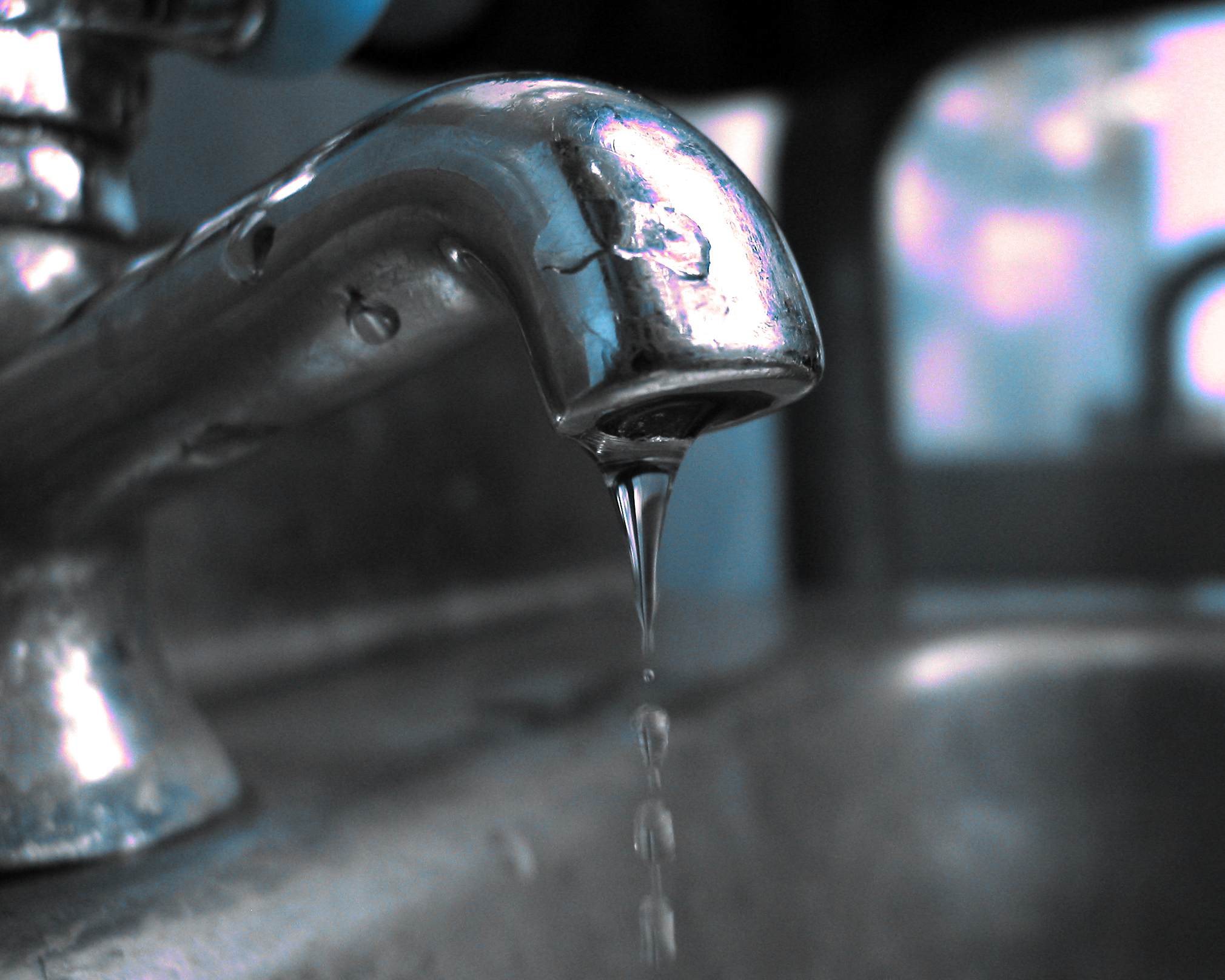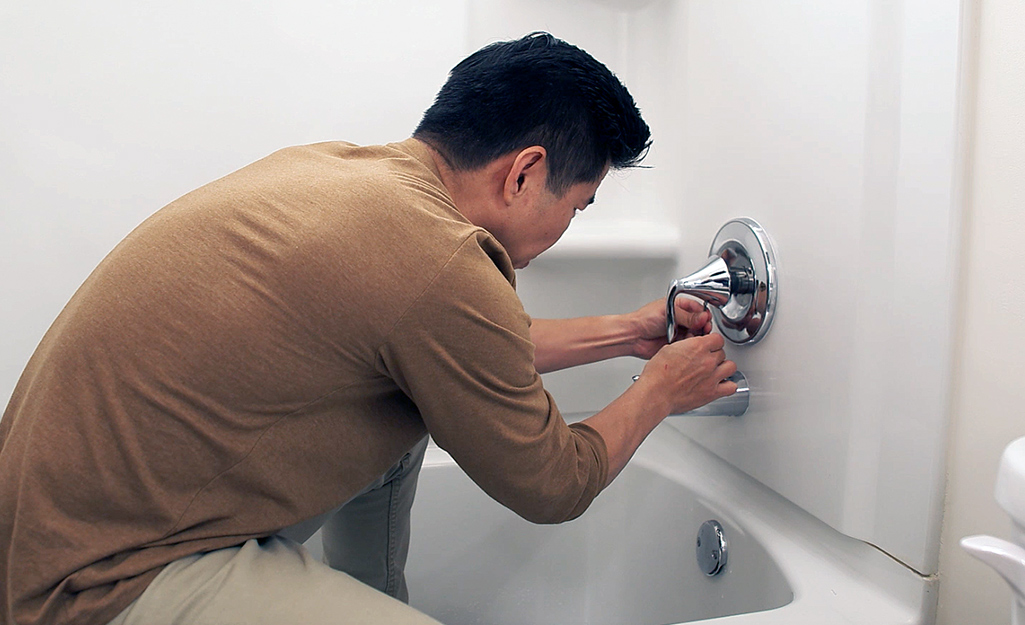Our Motives Behind Fixing a Broken Faucet
Our Motives Behind Fixing a Broken Faucet
Blog Article
Just how do you really feel in regards to Water Dripping from Faucet: Why and How to Fix?

Trickling taps might look like a minor hassle, yet their impact surpasses just the aggravation of the sound. From drainage to sustaining unneeded monetary expenses and wellness risks, ignoring a leaking faucet can bring about different consequences. In this article, we'll look into why it's important to address this usual household concern quickly and effectively.
Waste of Water
Ecological Impact
Dripping faucets contribute dramatically to water wastage. According to the Environmental Protection Agency (EPA), a single faucet leaking at one drip per second can lose more than 3,000 gallons of water per year. This not only stress water resources but likewise affects ecosystems and wild animals dependent on them.
Step-by-Step Guide to Taking Care Of a Dripping Tap
Tools Required
Before attempting to take care of a trickling faucet, collect the essential tools, consisting of a flexible wrench, screwdrivers, substitute components (such as washers or cartridges), and plumber's tape.
Usual Faucet Issues and Their Solutions
Recognize the type of tap and the specific issue causing the drip. Typical issues include damaged washing machines, rusty shutoff seats, or damaged O-rings. Describe manufacturer directions or on the internet tutorials for step-by-step assistance on repair services.
Financial Costs
Increased Water Expenses
Past the environmental effect, trickling faucets can blow up water expenses considerably. The accumulated wastage over time converts right into greater utility costs, which might have been avoided with prompt repair work.
Potential Residential Property Damage
Moreover, prolonged dripping can result in harm to components and surface areas bordering the tap. Water accumulation can create discoloration, deterioration, and even architectural concerns if left unattended, resulting in additional repair work costs.
Wellness Issues
Mold and Mold Growth
The constant presence of dampness from a leaking tap develops an excellent atmosphere for mold and mildew growth. These fungis not just endanger interior air high quality but likewise position health threats, especially for people with respiratory system problems or allergic reactions.
Waterborne Conditions
Stagnant water in trickling faucets can become a breeding place for microorganisms and various other microorganisms, raising the danger of waterborne diseases. Pollutants such as Legionella microorganisms grow in stationary water, potentially causing serious ailments when consumed or breathed in.
Do it yourself vs. Professional Fixing
Advantages and disadvantages of Do It Yourself Repair
While some may attempt to deal with a dripping tap themselves, do it yourself repairs come with their own set of difficulties. Without proper understanding and devices, do it yourself attempts can worsen the issue or lead to insufficient repairs, prolonging the issue.
Advantages of Employing an Expert Plumber
Employing an expert plumber makes certain that the underlying cause of the dripping tap is attended to effectively. Plumbers possess the know-how and equipment to detect and repair tap concerns successfully, saving time and decreasing the threat of further damages.
Environmental Obligation
Specific Contribution to Conservation
Taking duty for fixing trickling taps lines up with more comprehensive initiatives toward water preservation and environmental sustainability. Every individual's activities collectively make a considerable influence on preserving valuable resources.
Sustainable Living Practices
By focusing on prompt repair work and embracing water-saving routines, individuals contribute to sustainable living practices that profit both present and future generations.
Safety nets
Regular Maintenance Tips
To stop leaking faucets, do regular upkeep such as cleaning aerators, evaluating for leakages, and replacing damaged parts without delay. Furthermore, think about installing water-saving gadgets or upgrading to extra reliable fixtures.
Value of Prompt Fixes
Addressing leaking taps as soon as they're seen stops more water waste and prospective damage, eventually saving both water and cash in the future.
Impact on Home Worth
Perception of Well-Maintained Building
Maintaining a property in good condition, including resolving upkeep concerns like dripping taps, enhances its regarded value and worth amongst potential customers or occupants.
Influence on Resale Worth
Properties with properly maintained plumbing fixtures, consisting of taps, command higher resale values in the realty market. Resolving trickling faucets can add to a positive impact during residential property inspections and arrangements.
Final thought
Resolving a dripping faucet surpasses simple benefit; it's a necessary step towards preserving water, reducing financial costs, and securing health and wellness and residential or commercial property. Whether via DIY repair services or expert assistance, acting to fix trickling faucets is a tiny yet impactful method to advertise accountable stewardship of resources and contribute to a healthier, extra sustainable future.
Why Are My Faucets Dripping (And Can I Fix it Myself)?
Causes of a Dripping or Leaking Faucet
Whether you’re hearing drops of water falling and hitting a sink, or noticing water ooze out from the base of the spout, you shouldn’t ignore a dripping or leaking faucet. And, the good news is, sometimes you can fix the problem yourself.
In this article, we’ll review a few common causes of dripping and leaky. We’ll also walk you through some basic ways to find the problem and handle it without calling anyone — and let you know when to call in a pro.
But, no matter what the cause, or whether you can handle it on your own, the sooner you address it, the better.
Each drip may be a tiny amount of water. But, they all add up quickly. According to the U.S. Geological Survey, one faucet losing one drop every 20 seconds — five a minute — wastes around a liter of water every day, and 173 gallons a year.
Add in more than one in your house, and it’s a lot of water to waste. So, we’ll help you get to the bottom of things quickly.
Four Reasons Your Faucet May Be Dripping
Aerator is Damaged or Unseated Valve Seat is Corroded O Ring is Loose or Worn Out Part of the Assembly is Loose Aerator is Damaged or Unseated
If you unscrew the end of your faucet, you’ll find the aerator. It’s the little stem piece with a screen on it that shuts off the water circulation.
If it’s damaged, or if it’s not sitting right, it will allow water to pass through.
Valve Seat is Corroded
Next is the valve seat, which is connected to the washer. If the washer wasn’t in place correctly, then it could have ground against the seat. Over time, this damages the valve seat.
The problem could also be corrosion: Over time, the part has worn out, and it’s now allowing water to pass through.
O Ring is Loose or Worn Out
Since the o ring is only a small rubber gasket, it’s a common reason why the faucet is dripping. You’ll find it at the base of the faucet, and it’s there to keep water from coming out where it’s not supposed to.
However, it’s common for the o ring to wear out over time. When it does, you’ll notice a drip.
Part of the Assembly is Loose
So far, we’ve looked at a few small, specific parts. But, the problem could be anywhere in the assembly if something’s out of place.
Even if a part isn’t damaged, over time, it may have become loose or dislodged. It could be the parts we mentioned, or the aerator at the tip of the faucet, the stem itself,
Can I Fix a Leaky Faucet Myself?
Depending on the problem, and how handy you are, there’s a chance you can fix a leaky faucet without calling a professional. But, you do run the risk of making the problem worse.
If it’s a small drip, you can certainly try a few troubleshooting tactics. We’ll walk you through them in a moment.
But, no matter what, your first step should be shutting off the water coming into the faucet. You should find a shutoff valve under the sink on the pipes leading to it. Turn each one clockwise until they close tightly.
Next, make sure you have the right tools for whatever you’re attempting. It’s tempting to make do with what you have. But, you need the right ones for a reason: You’re often dealing with small parts that can break if you handle them carelessly.
If you’re feeling confident, here are some places to start.
Items Near the Tip of the Faucet
A few of the parts we mentioned — particularly the valve seat and washer — are located at the tip of the faucet where the water comes out. They’re easy to access, making it a good place to start.
Check the O Ring
To check the o ring, you’ll need to take off the spout at the base. It’s easiest on kitchen sinks with long spouts, versus the smaller, bulkier base on most bathroom sinks.
Either way, this can be tricky, so do it carefully and don’t force anything. If it’s not coming right off, you’re much better off calling in a pro than possibly breaking something.
For a kitchen sink, there’s usually a nut or coupling assembly at the base of the spout. These often slide off easily without using any tools.
Once you’ve disassembled those parts, gently but forcefully twist off the spout.
Then, you can see the o rings. There should be two of the rubber gaskets on the base. If they look worn or damaged, replace them, and see if that solves the problem.

I found that post on Water Dripping from Faucet: Why and How to Fix while browsing on the internet. In case you enjoyed our blog posting kindly do not forget to share it. Thanks a bunch for being here. Return soon.
Report this page